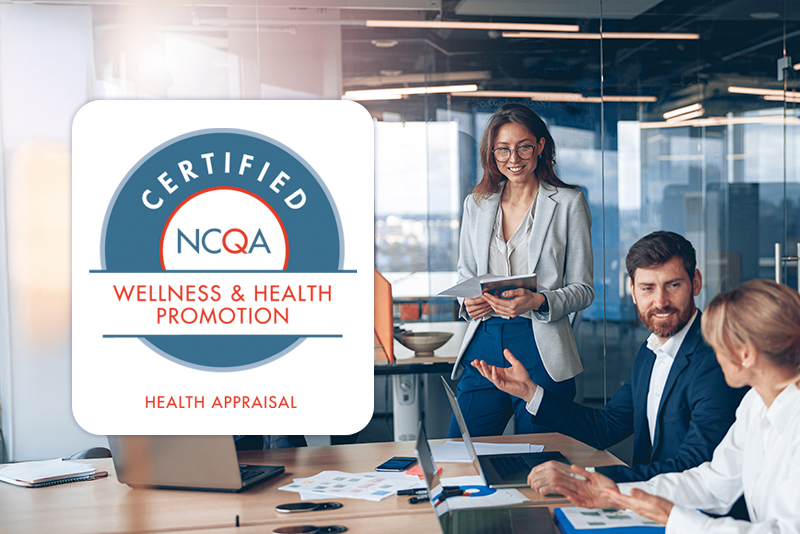Explore our resource library
A collection of industry updates, expert guidance and resources for more effective member engagement.
Stay updated with us!
Thank you! Your submission has been received!
Oops! Something went wrong while submitting the form.


All resources
Thank you! Your submission has been received!
Oops! Something went wrong while submitting the form.
Medicare
Star Ratings
12/12/25
Member Engagement
Behavioral modification
Rewards & Incentives
11/17/25
Health risk assessment
Member Engagement
11/5/25
Medicare
Star Ratings
10/29/25
Medicare
Star Ratings
11/18/25
Medicare
Health equity
Star Ratings
5/8/25
Risk adjustment
CAHPS
3/27/25
Medicare
Star Ratings
Member Engagement
CAHPS
4/23/24
Medicare
Star Ratings
Health equity
6/18/24
Star Ratings
Member Engagement
2/5/25

.jpeg)

















.jpg)






